The preserving agent polyethylene glycol (PEG) has been removed from a sample of the 4th-century BCE Greek Kyrenia ship, allowing radiocarbon dating to provide a better estimate of when it sank. ‘This is the first time a real proper effort at scientific dating has been made,’ says lead author Sturt Manning of Cornell University, US.

The Kyrenia was found off the north coast of Cyprus in 1965 and is believed to be a 4th-century BCE ancient Greek merchant ship. Radiocarbon dating was attempted to date the ship, along with evidence including coins in its cargo, but doubts remain about the accuracy of estimates for its construction and last voyage.

Modern radiocarbon dating uses accelerator mass spectrometry (AMS) to detect the levels of radiocarbon in objects. ‘The level of radiocarbon in the atmosphere has changed over time due to changes in solar activity, the geodynamo and the carbon cycle,’ explains Tim Heaton, an environmental statistician at the University of Leeds. By radiocarbon dating the wood of trees, the ages of which are known from their rings, scientists have constructed a calibration curve for the northern hemisphere called IntCal. ‘We now have trees extending back to 14,300 years ago,’ says Heaton, who is part of the IntCal working group. ‘IntCal provides an estimate of radiocarbon levels over the last 55,000 years.’
Radiocarbon dating of wooden artefacts recovered from water is complicated by the agent commonly used to preserve them – polyethylene glycol (PEG). ‘Impregnation of PEG is a standard treatment in wet wood conservation in many institutions worldwide,’ explains Malin Sahlstedt, a conservator at the Vasa Museum. This is because it helps to prevent warping and shrinking of the wood. The Mary Rose, the flagship of Henry VIII’s navy, for example, spent years soaking in PEG. However, because PEG is derived from fossil fuels, it introduces ‘dead’ carbon-14 into the wood rendering accurate radiocarbon dating impossible.
To test a method for removing PEG from wood that had been developed at the University of Groningen, the team acquired a PEG-preserved piece of wood from Colchester, UK. ‘Because dendrochronology had been done on this wood, we knew it dated from exactly when Boudicca had her revolt in Britain,’ says Manning. After soaking samples at 80°C in ultrapure water for 36 hours, radiocarbon analysis was accurate enough to show that the majority of the PEG had been removed.
The researchers repeated the process with a tiny sample from the Kyrenia and also took radiocarbon measurements for some almonds, and a small piece of the boat that had been stored in water rather than PEG-treated. However, the results gave dates that made no sense. ‘It was like, “What on Earth’s going on here?” Because this doesn’t seem to match up with anybody’s archaeological estimate and doesn’t seem possible,’ says Manning. ‘And we then realised that not a single recent AMS date was part of the period between 350 and 250 BC.’

Prior to AMS becoming the standard, radiocarbon dating was done using a beta-counting method that required a lot of material and was far less accurate. ‘You’re literally using an iPhone’s worth of some unique historic something to get one not very accurate measurement,’ Manning notes. Tree ring samples were also typically measured over five or 10-year periods, rather than annually. ‘Until recently, people didn’t think atmospheric radiocarbon levels could vary that much from one year to the next,’ explains Tim Heaton.
To fix the calibration curve, the team sourced sequoia from the US and oak from the Netherlands and performed AMS measurements on annual rings at two different laboratories. Using their data to revise the calibration curve, they now believe the Kyrenia was constructed between 426–400 BCE, with its last voyage taking place in 383–355 BCE.
With their changes to a century of the calibration curve, Manning believes that ‘there will be new interest in trying to relook at some of the debated cases’ of artefacts. Their successful removal of PEG from wood may also inspire some new discoveries regarding other archaeologic specimens.
For Manning, the slow process of refining the history of the Kyrenia is the scientific process in action. ‘It just shows that often science involves repeatedly improving things, rather than you just get the right answer immediately.’
References
SW Manning et al, PLoS One, 2024, DOI: 10.1371/journal.pone.0302645





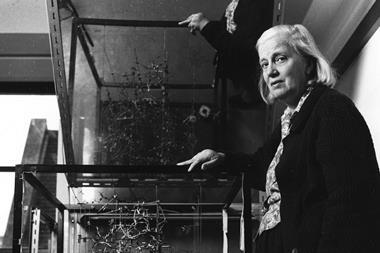
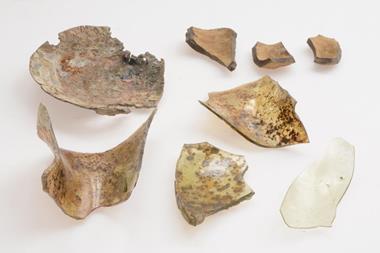
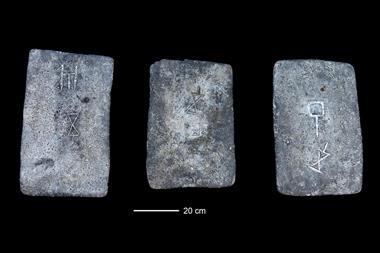
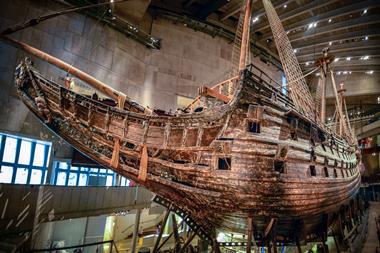

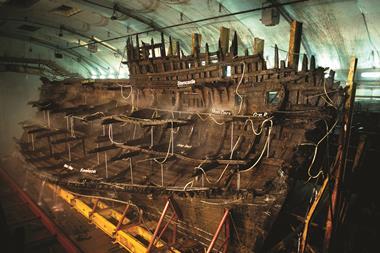
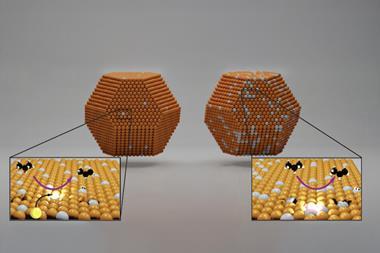
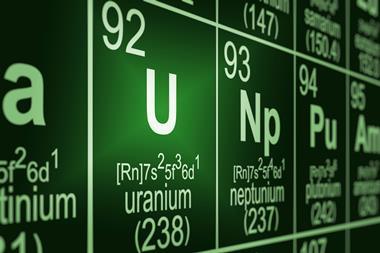



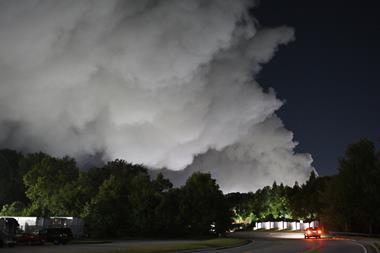
No comments yet